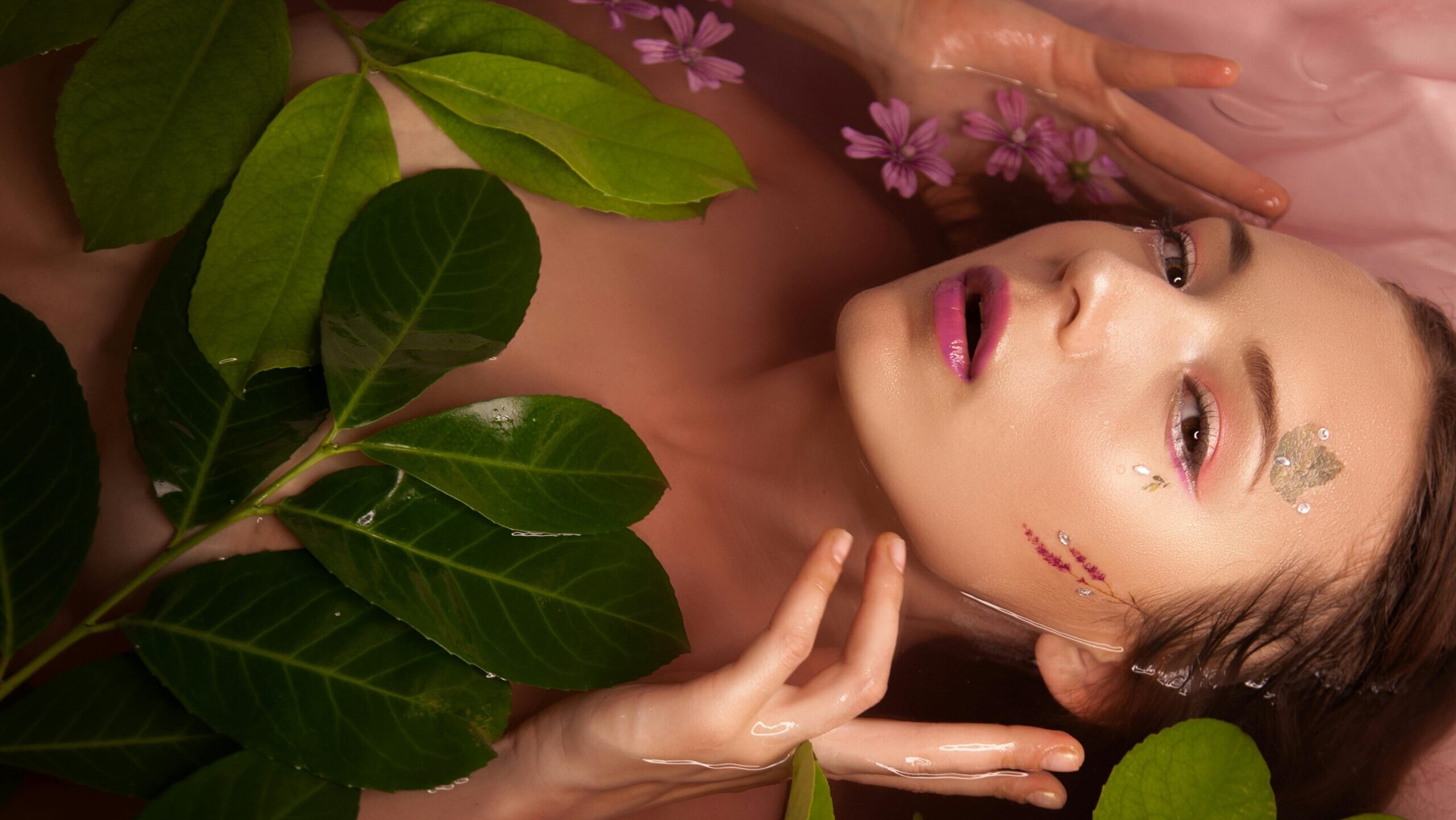Since the early 2000s, the makeup industry has undergone a significant metamorphosis. From a narrow and traditional market, it has transformed into a vibrant and inclusive industry. Earlier there were limited product options and the definition of beauty was restrictive. Still, over the years the industry has evolved as it has embraced diversity, technological innovation, and social media’s influence. A broad spectrum of ethnicities, skin tones, and gender identities are proudly putting themselves out there and they are successfully pushing the societal set beauty standards through variation in the products and innovative marketing strategies.
The Early 2000s: An Era of Red-Carpet Glam and Understated Elegance
In the early 2000s, celebrity culture and magazine covers were at their peak and they ruled makeup trends as well. Britney Spears, Christina Aguilera, and Jennifer Lopez were the groundbreaking individuals setting the beauty standards.
2000s were ruled by makeup trends that were bright and bold like icy blue eyeshadows and vibrant eyeliner to create striking eye looks. Thin sharp arch eyebrows were in trend. Glossy lips were a staple and clear, pink, or glittery shades were used, to achieve a dramatic appearance a darker outline was drawn on the outer side of the lips. Emo style made its way to the mainstream in the early 2000s as well, which included heavy eyeliner, multiple coats of mascara, and smokey eyes. Matte foundation and warm powder were used not only to highlight the complexion but also to keep the skin dewy. Celebrities in magazines and on TV were often seen wearing face glitter to add an extra touch of sparkle to the overall look.
The makeup industry was ruled by mass-market brands and drugstore beauty lines but the dawn of the internet age brought new opportunities for setting fresh trends and redefining beauty.
The 2010s through different Social Media Dominance, Inclusive Beauty, and the Ascendancy of Digital Influencers
In 2010, social media and digital platforms significantly changed the makeup industry. Social sites like YouTube, Instagram, and TikTok appreciated beauty influencers and makeup artists and encouraged them to get creative with skills; the new beauty culture that emerged was not just aspirational but educational. Makeup was made accessible through tutorials and product reviews by influencers like Michelle Phan and James Charles. Fenty Beauty introduced a variety of shades in their brand, not only that their goal was to focus on natural ingredients and packaging that were not harming the environment. Technological innovations have developed to the extent that through augmented reality the gap between online and offline beauty shopping has been bridged using try-on features. Overall, the 2010s democratized beauty and made makeup more inclusive, accessible, and technologically driven.
The 2020s: An Era of Virtual Beauty Innovation, Eco-Conscious Sustainability, and Gender Expression
In the 2020s, different social movements, technological advancements, and shifting beauty standards are continuing to make waves in the makeup industry. Brands are encouraging experimentation and inclusivity as gender fluidity is being accepted and celebrated by the masses. There is much more awareness in people now than there was ever in the past, and that is why prioritizing sustainability and making sure that the products are in eco-friendly packaging, and they are cruelty-free is the top priority. A large sum of consumers have shown concern regarding the environment which pushed the makeup industry to come up with a practical solution to cater to their targeted audience. The realization that it is the responsibility of the general public to make a healthy choice now and have a better living condition in the future, is changing the world slowly but effectively. With the rise of AI-powered technologies foundation matching and skincare have become much easier. Other than that, post-pandemic makeup trends have revolutionized makeup routines. The usage of masks for protection shifted all the attention to the eyes and for that reason, bold eyeshadow, graphic eyeliner, and luscious brows gained popularity. Bold eye makeup gained popularity and demand for durable mask-friendly makeup also increased.
Conclusion
A stunning transformation has been noticed in the past two decades regarding the makeup industry. Its focus has shifted from being only a celebrity-centered market with limited inclusivity to a more diverse and dynamic marketplace. In the present era, makeup is not about just beauty, it has become an identity, an expression, and a way to showcase talent. Social media and technology have not just played a major role in bringing hidden gems into the limelight it has inculcated a sense of responsibility in users to go for more chemical-free and sustainable products that are cruelty-free as well. New trends are more accepting and they challenge any traditional set standard of beauty and encourage individuals to embrace their unique selves.

 Tech8 months ago
Tech8 months ago
 Tech8 months ago
Tech8 months ago
 Entertainment6 months ago
Entertainment6 months ago
 Health and Fitness7 months ago
Health and Fitness7 months ago
 Tech7 months ago
Tech7 months ago
 Health and Fitness7 months ago
Health and Fitness7 months ago
 Celebrities7 months ago
Celebrities7 months ago
 Crime7 months ago
Crime7 months ago


